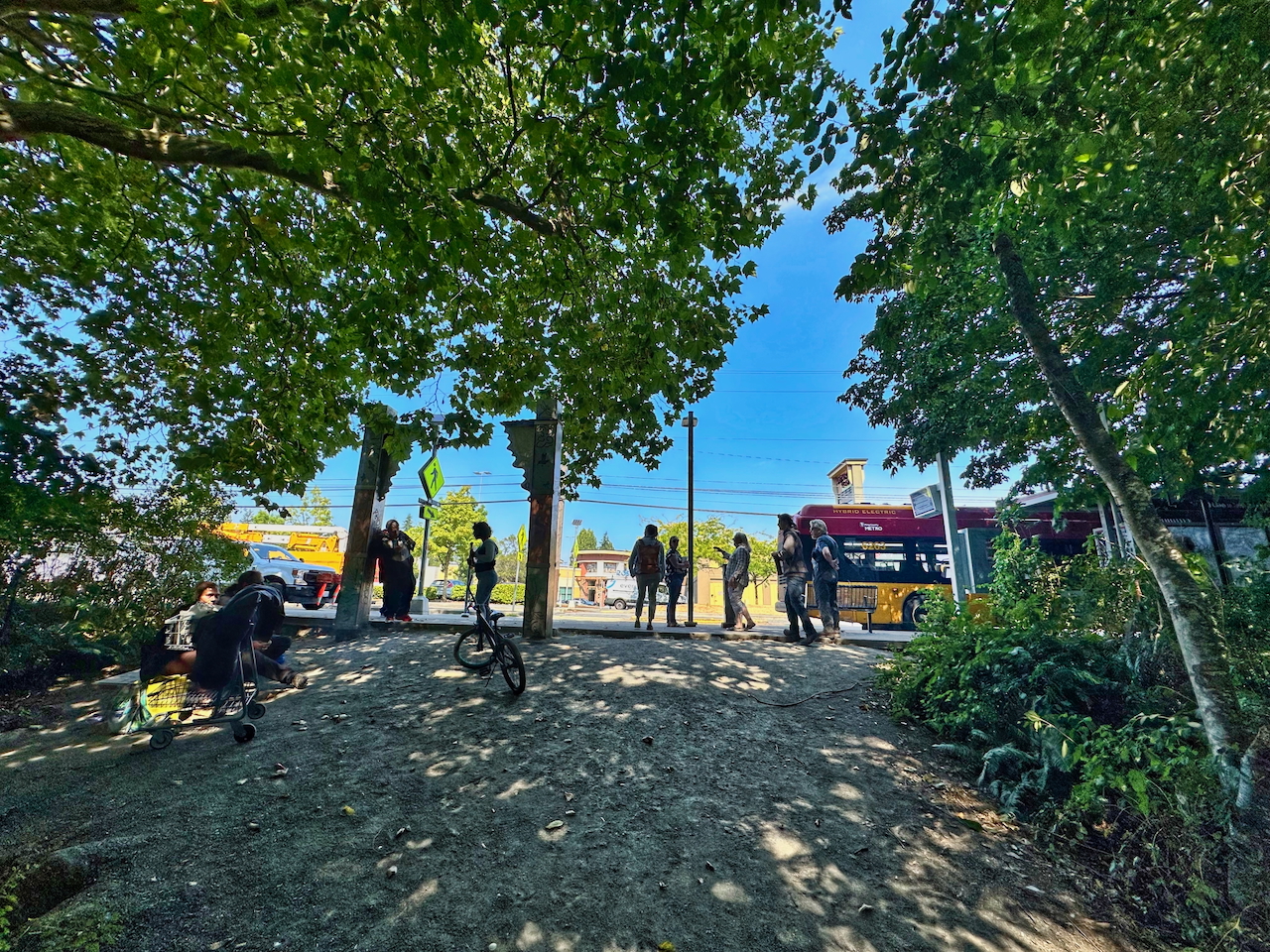Roxhill Park rallies for restoration: Community tackles trash, charting a future for Seattle's last peat bog
Sharon Leishman, with Duwamish Alive led a tour of Roxhill Park on Aug. 28 highlighting the upcoming work to restore Seattle's last peat bog and how a group of stakeholders are working to make the park better and safer.
Photo by Patrick Robinson
Thu, 08/28/2025
Roxhill Park, a vital green space for diverse and often underserved communities in Seattle and White Center, is the focal point of a significant community-driven restoration effort. This initiative aims to revitalize the park's invaluable peat bog and address pressing safety and ecological concerns, transforming it from a "liability for the community into a valuable asset".
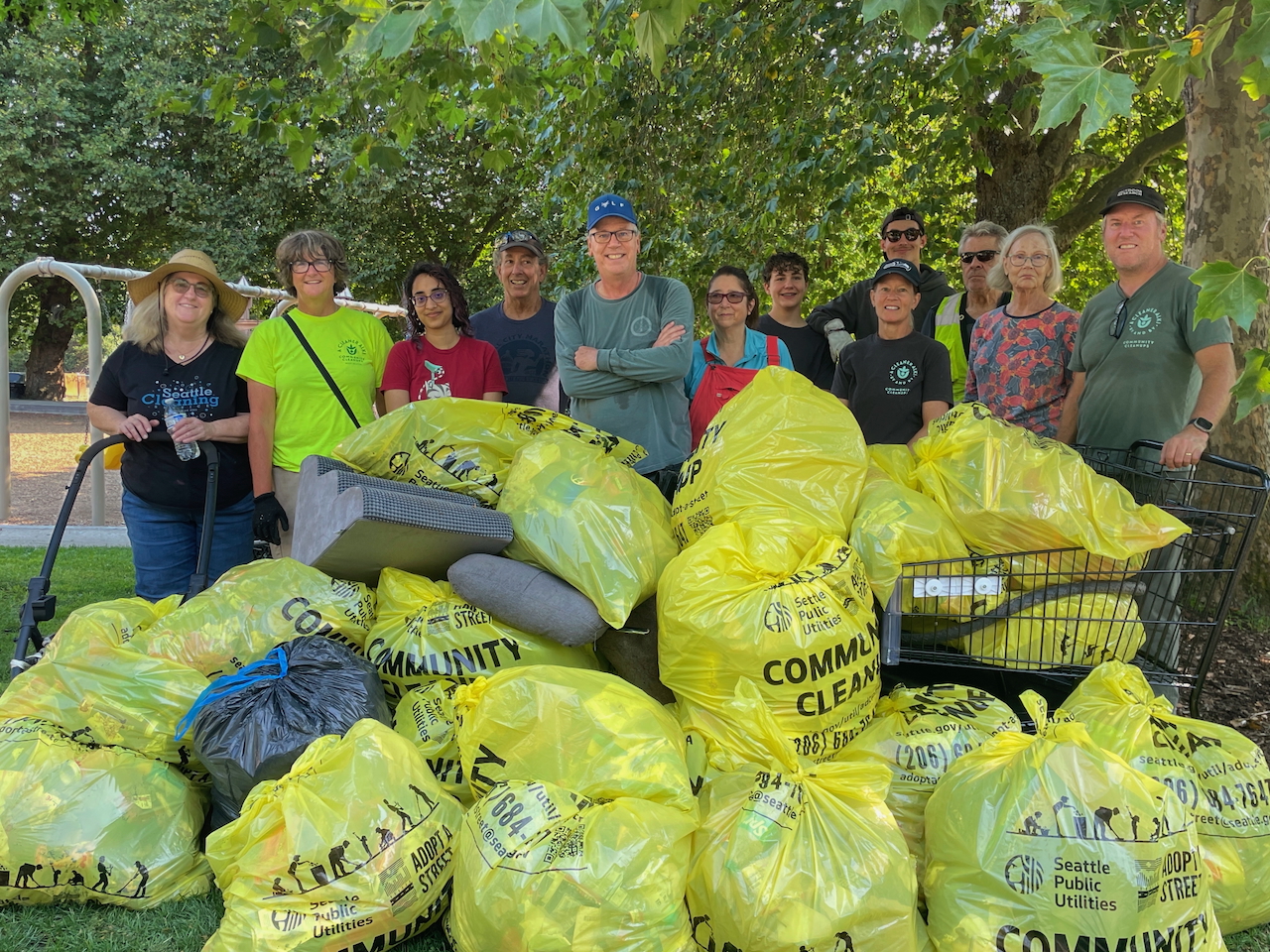
On Thursday, August 28, a dedicated community cleanup by "A Cleaner Alki" laid the groundwork for this broader vision, filling two dumpsters with trash.
Following the cleanup, a diverse group of stakeholders embarked on a tour to gain firsthand knowledge. Key organizations and their representatives included:
• Erik Bell and Greg Haapla of A Cleaner Alki. Bell also pointed to "Rick Boogaard and Jean Oliden as our Roxhill weekly cleanup standouts."
• Sharon Leishman of the Duwamish Alive Coalition, the Director.
• Caroline Borsenik, Environmental Programs Director for the Delridge Neighborhood Development Association (DNDA).
• Samantha Stork, Equity and Engagement Advisor with the Seattle Department of Neighborhoods.
• Lead Gardener for the area Tim Pollin from Seattle Parks and Recreation
and a represntative from Seattle Public Utilities (SPU).
This effort preceded a crucial park tour that united various community groups and city agencies to tackle cleanup challenges, safety issues, and an ambitious plan to rehydrate the Roxhill Bog, with initial work expected to begin this fall.
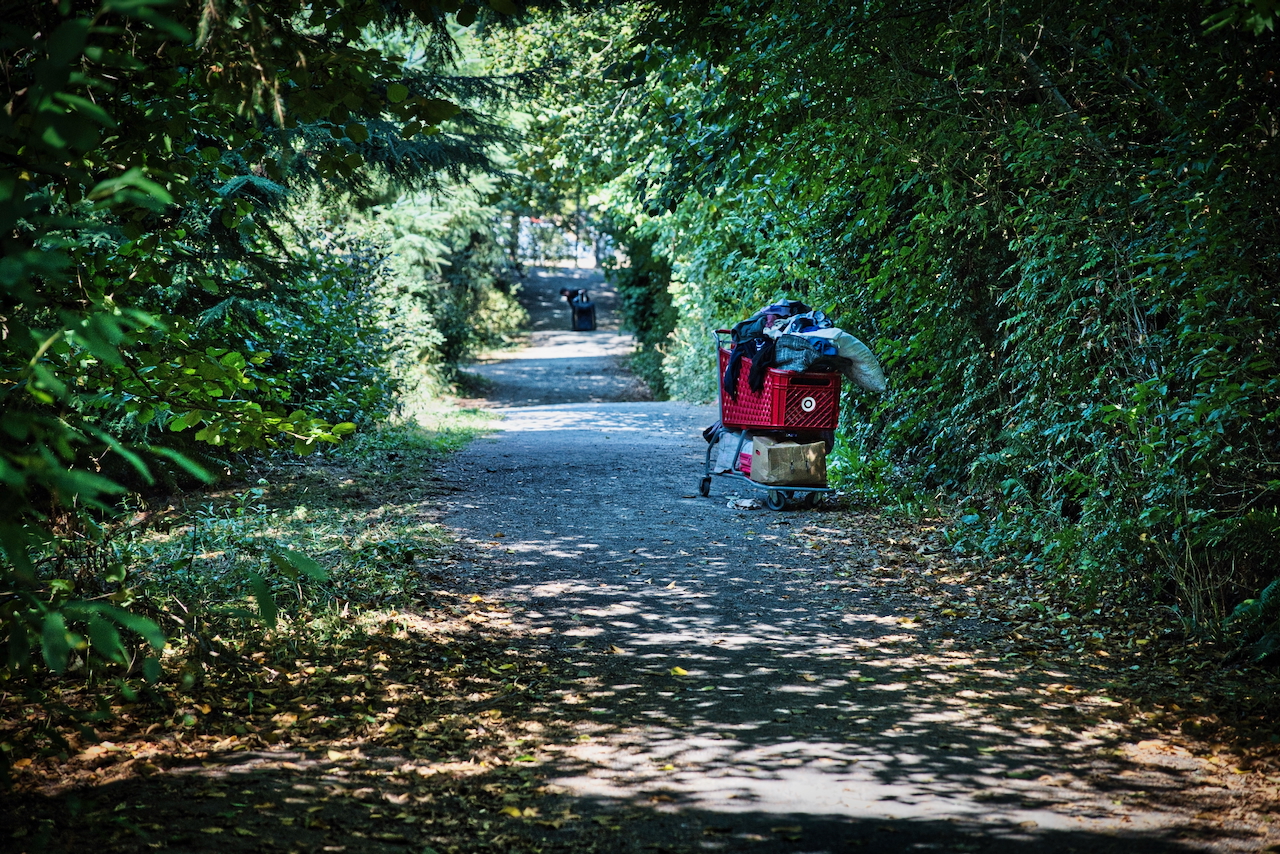
Ongoing Challenges: Safety and Encampments Deter Community Use
The park faces an ongoing battle against waste and encampments, with "A Cleaner Alki" routinely removing "40 bags a month". While a recent city sweep reduced the number of encampments, many quickly returned, highlighting the persistent, cyclical nature of the problem.
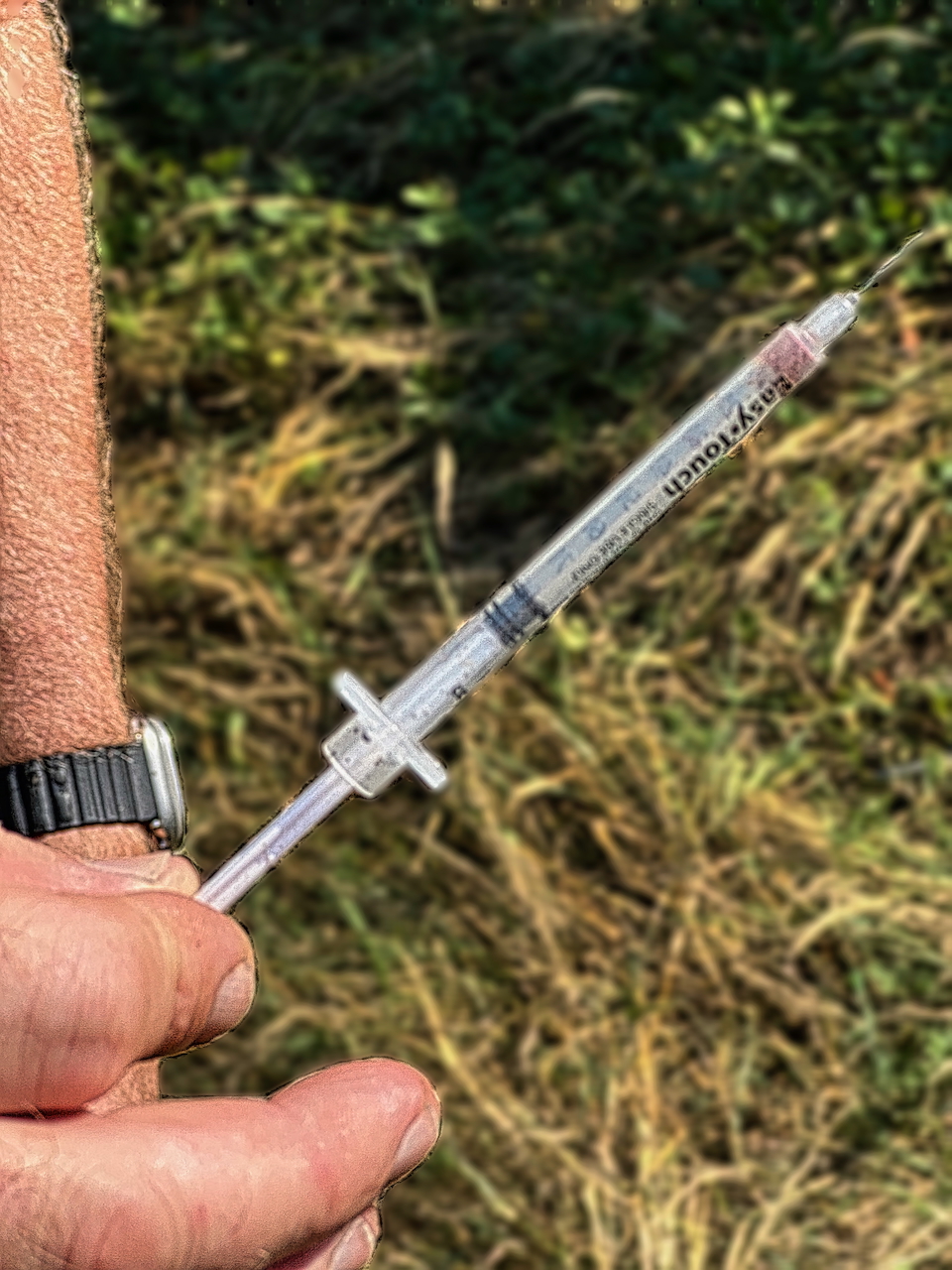
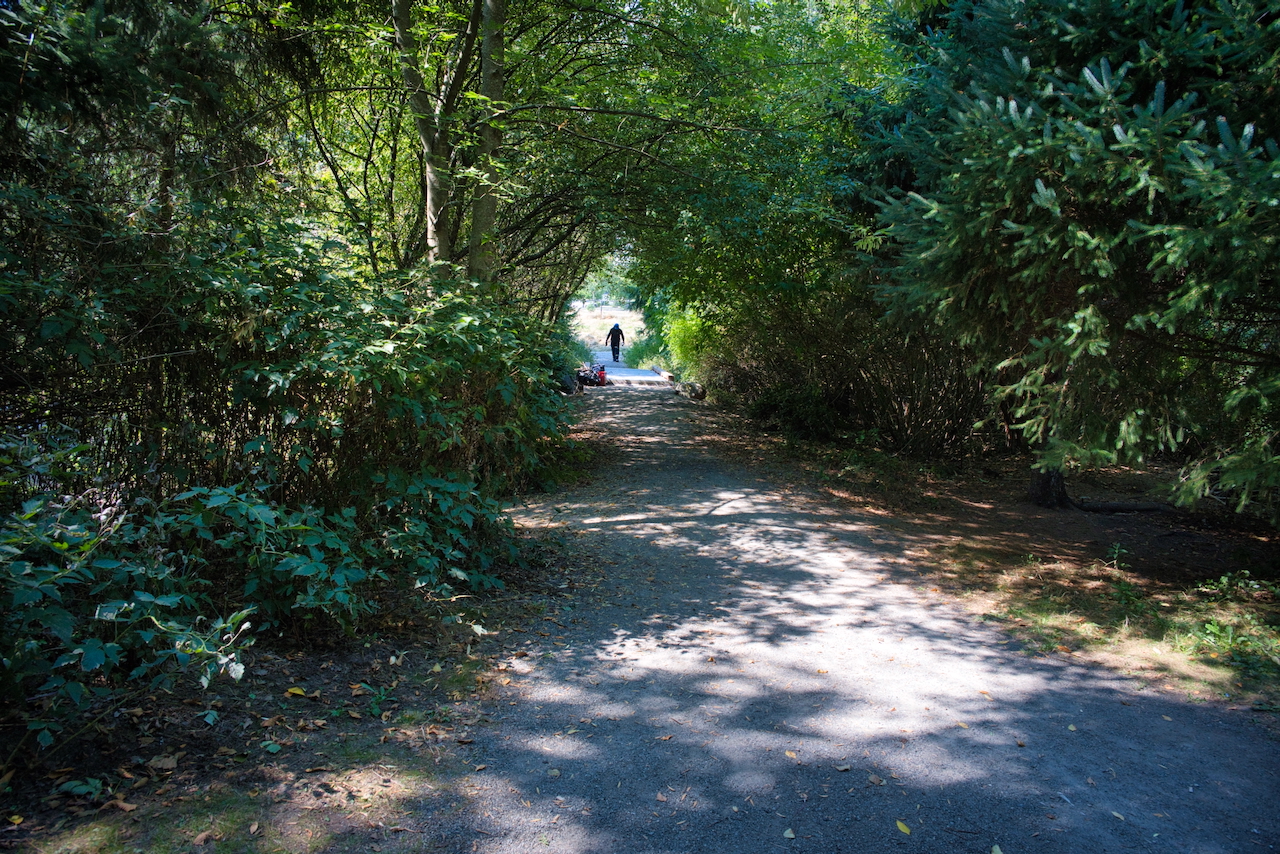
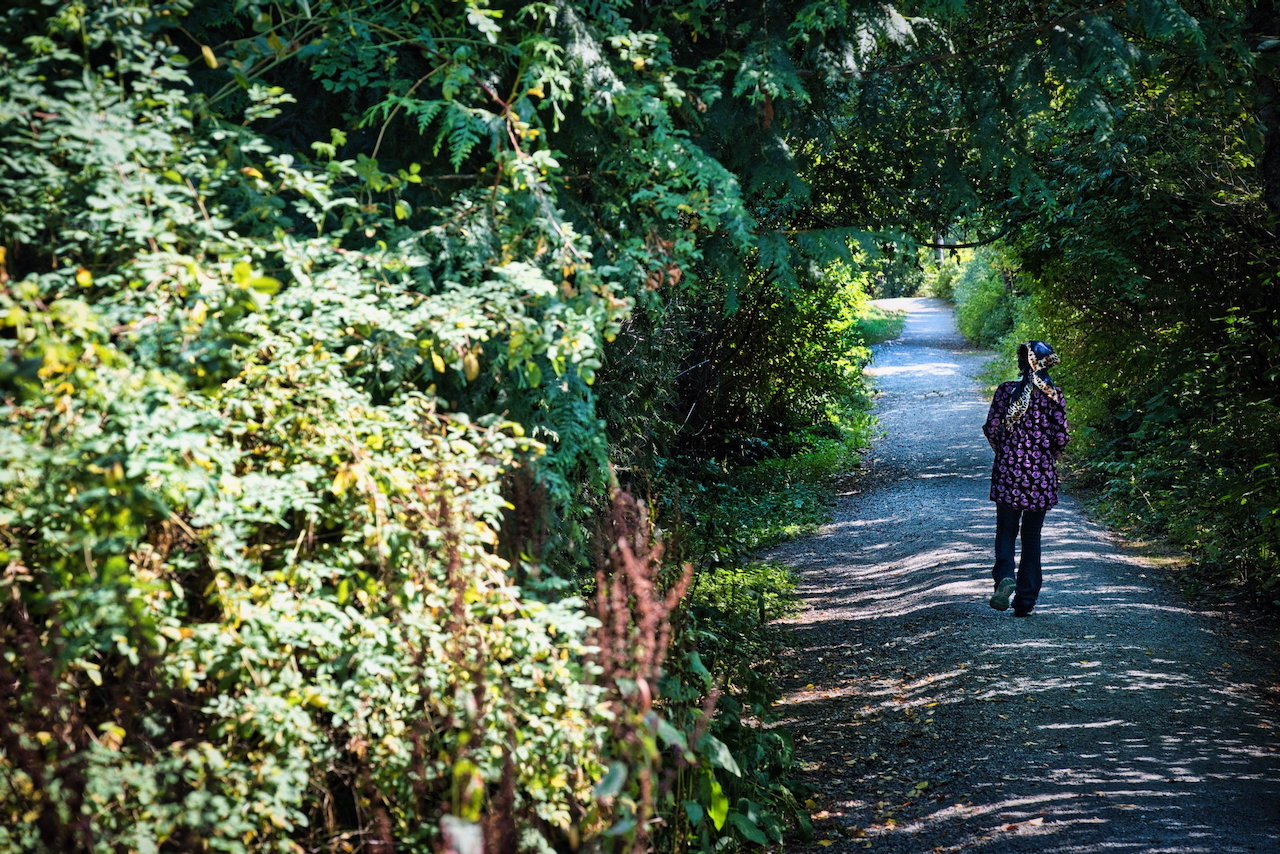
Community members have voiced serious safety concerns, citing instances of drug use (fentanyl smoking), the discovery of needles, acts of violence, and vandalism. These issues, compounded by poorly maintained and unsafe paths and bridges that are not ADA compliant, have made residents, including those from the adjacent Daystar senior retirement community, reluctant to enter the natural area, and families are hesitant to visit with children. Attracting volunteers has also been difficult due to these safety conditions.
Despite these difficulties, there's a strong belief that positive community activity makes a difference, deterring encampments and fostering engagement. Strategies like vegetation management, specifically removing "walls of vegetation" to improve visibility, are being considered to enhance safety. Community stakeholders have also identified the fragmented nature of the community, lacking a formal community center, as an additional challenge, noting that the park historically filled this role.
The Critical Importance of Roxhill Bog: A Unique and Endangered Ecosystem
Central to the park's future is the Roxhill Bog, recognized as "one of the most biologically diverse ecology zones within the Seattle City limits". Sharon Leishman of the Duwamish Alive Coalition emphasized its unique status: "this is the last peat bog in Seattle," with many others having been removed or built over.
What Is Peat?
Formed from Sphagnum moss, sedges, grasses, and other vegetation.
Develops in anaerobic (oxygen-deficient) conditions, which slow decomposition.
Appears dark, fibrous, and sponge-like, with up to 90% water content.
Found in peatlands, which cover ~3% of Earth’s land surface but hold outsized ecological importance.
This ancient wetland, thousands of years old, serves multiple vital functions:
• Water Filtration: It acts as an "essential water filter for a 3.5-mile long waterway" that forms the headwaters of Longfellow Creek, supporting species like coho salmon, ensatina salamanders, and red foxes downstream.
• Carbon Sequestration: The bog "collects more carbon than our forests," serving as a "huge key carbon" sink. Its degradation releases stored carbon back into the atmosphere.
• Unique Ecosystem: It provides a "really unique ecosystem" with diverse native plant life and a rich bird population, historically one of the most diverse in the city according to Audubon's bird surveys.
• Community Hub and Educational Resource: Historically, when healthy and safe, it was a "vibrant, central gathering place for diverse communities" for educational and recreational activities. Schools, from elementary to university level, regularly utilized it as an outdoor classroom for hands-on lessons in science, math, and social science, fostering a love of nature, stewardship, and community.
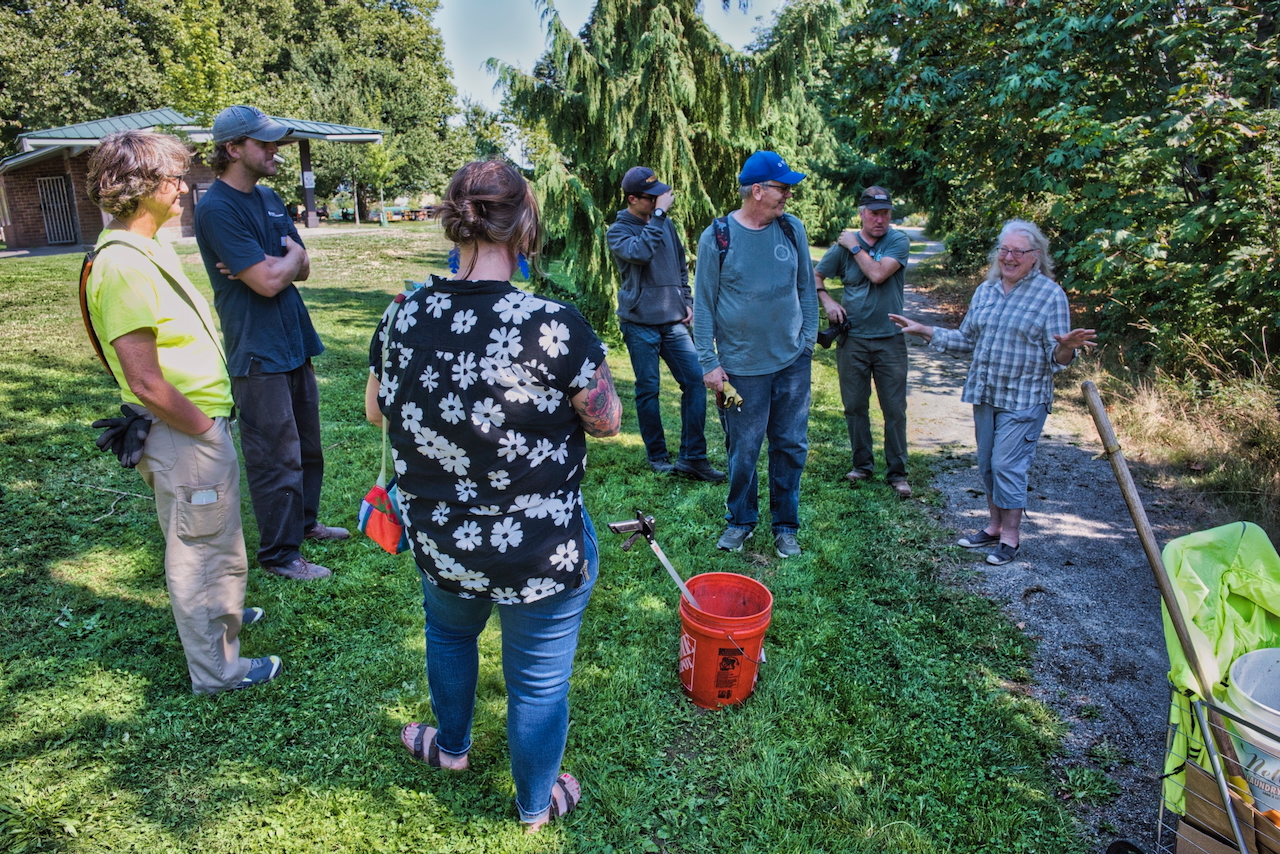
Degradation and Cutting-Edge Restoration Efforts
The bog is currently in peril, with "water levels too low" and fluctuating too much, which could lead to the "destruction of the natural peat base". This drying out is causing the peat to degrade, compress, and dry out, visibly affecting park paths. It's most visible looking at the footbridges in the park which are now elevated above the surrounding landscape.
A community-driven restoration project is slated to begin this fall, focusing on rehydration. The initial phase will involve installing a "cutting-edge, plastic type barrier" approximately "four feet five feet deep" in the wettest part of the bog. This innovative technique, inspired by similar work in the UK, aims to "minimize the amount of disturbance". The pilot project will be monitored for a year to gather data for future grant funding, with the expectation that its success will lead to research papers encouraging similar efforts nationwide.
Collaboration for Long-Term Support and Education
This community-led initiative is supported by a larger, distinct but complementary effort from Seattle Public Utilities (SPU), which is in the "very early stage" of exploring ways to bring clean water to the rehydration area. This larger SPU project, potentially involving a "treatment wetland" or "natural drainage systems," could see construction around 2028. Collaboration between SPU and the community is "paramount," with SPU emphasizing that "None of this would have moved forward without community".
Both the community and SPU are committed to transforming the bog into an educational resource, creating a "platform for the school to do outdoor classroom studies". The Delridge Wetland Park serves as a model for an outdoor classroom in partnership with a STEM school. Efforts include engaging high school environmental clubs and youth programs, such as DNDA's environmental justice program, to connect young people to Longfellow Creek and foster long-term stewardship.
Addressing Deep Community Needs
The restoration project is critically needed for the surrounding communities, characterized as "underserved, diverse with limited resources". The demographics highlight this need:
• Roxhill Community: High population density, with 61.3% identifying as non-white.
• Delridge Community: Over 30,000 residents, 46.5% non-white, 40% living in poverty (12% below 100% federal poverty level, 28% below 200%), and the highest proportion of youth under 18 in Seattle (23.6%). Twenty percent speak English as a second language.
• White Center: Over 60% of its 13,495 residents identify as non-white, with 25.0% below the poverty line, including 38.3% of those under 18.
Given these demographics, the project aims to provide:
• Safe, Accessible Natural Areas: Healthy ecosystems that foster community health and well-being, especially for BIPOC communities historically most impacted by environmental factors.
• Improved STEM Educational and Career Pathways: Hands-on, real-world learning for K-12 students, particularly BIPOC youth, fostering critical thinking and problem-solving skills.
• Community Education and Recreation: Restoring positive, safe experiences with nature, learning, exercise, and inter-cultural connection.
• Community Building: Creating a nucleus for developing social networks that foster trust and reciprocity, empowering community members to advocate for their community.
The restoration effort was initially instigated many years ago by local, longtime residents alarmed by the bog's degradation, who wished to restore it to its former status as a community treasure. The Delridge Neighborhood Development Association (DNDA) is a prominent community organization leading this effort, alongside county and city leadership. Key partners include American Rivers and the Duwamish Alive Coalition (DAC). Funding support comes from Boeing, King County Water Works, Rose Foundation, and Seattle Parks Foundation has provided some staff support.
The collective efforts, from weekly cleanups to innovative bog restoration and strong collaborations, offer a hopeful outlook for Roxhill Park's future as a safer, cleaner, and ecologically vibrant space that serves as a vital asset to its diverse communities. As Leishman summarized the impact of community voice, "In Seattle your voice makes a difference. When community members get together and say there's a problem that's what moves the needle"
Folks that would like to help care for the park, can volunteer with DNDA. Their website lists volunteer opportunities for Longfellow Creek and Roxhill Bog.
